The 30-year-old firm’s founder and managing director on improving the design quality of transport and infrastructure projects, the frustrations of the consents process, the importance of perseverence and his love of pizza
Why did you choose construction as a career?
I was always on the more creative side at school, where art, design and technical drawing were my favorite subjects. I also had quite an interest in structure and how things were made. It was this combination of creative and engineering that took me down the path of studying architecture and then further down the line founding Fereday Pollard.

What are you most proud of in your career to date?
At Fereday Pollard we are celebrating our 30-year anniversary, which is a wonderful milestone to have reached this year, especially as it coincides with the fruition of major projects we have been working on for some time including the completion of surface sites on the Thames Tideway “super sewer”, and award wins for our work on Abbey Wood Station on the Elizabeth line, two projects that we have been closely entwinned with for nearly 20 years.
What has been the biggest challenge of your career to date?
When we set up Fereday Pollard, we became more and more aware that there was a missing link in how transport and infrastructure projects were viewed, funded and ultimately designed. While high quality architectural design in these sectors has always been evident, it tended to be focused more on grand projects at the upper end of the profile and budgetary scales rather than across the board.
How transport and infrastructure could have more widespread access to such high quality design and the residual benefits for clients, funders, travellers, users and communities therefore became the driving force of the practice.
The biggest challenge was then how we could support and complement the wonderful engineers and contractors already working in and leading much of the output in these sectors to assist them in delivering good architectural design for people and their communities across the spectrum of transport and infrastructure.
If you could change one thing about the industry, what would it be?
Due to the very nature of large national transport and infrastructure projects, often our projects are completed over lengthy timeframes (I mentioned above that we were involved in two flagship projects for nearly 20 years, which is not unusual or indeed as long as others). One of the main reasons for this is the statutory consents periods which often form a large part of such timescales.
It is vital that major projects of such magnitude are properly scrutinised and challenged where necessary, but if I could change one thing, it would be to speed up the consents process. I am pleased to see that the current administration is looking at this.
What is the most helpful advice that you have been given?
A strong design voice is always a key component of any project, but a project’s success is almost always only achieved through collaboration.

Name your favorite building in the world?
While I do gravitate towards some of the magnificent structures over the years in transport and infrastructure, or the wonderful modernist designs along the South Bank such as the National Theatre, I would have to say Fallingwater by Frank Lloyd Wright.
When I started studying architecture, I was not entirely sure what an architect did, but when I first saw the clarity of his drawings and vividness of the hand-drawn perspectives and how it translated into a building that sat almost perfectly in its surroundings, I was transfixed.
Which famous building do you most dislike?
It is difficult to be specific, but I find it hard to be particularly positive about the brutalist high-rise living experiments of the 1950s and 1960s.
Which famous building do you wish you had worked on?
While not technically a building, at Lifschutz Davidson Sandilands I did some of the early stage design drawings on the new cantilevered walkways either side of the Hungerford Bridge in London. I left the practice soon after to start up Fereday Pollard but, seeing the slenderness and rhythm of the new structure and the glistening uplighting at night, I wished I had been involved in the onward stages.
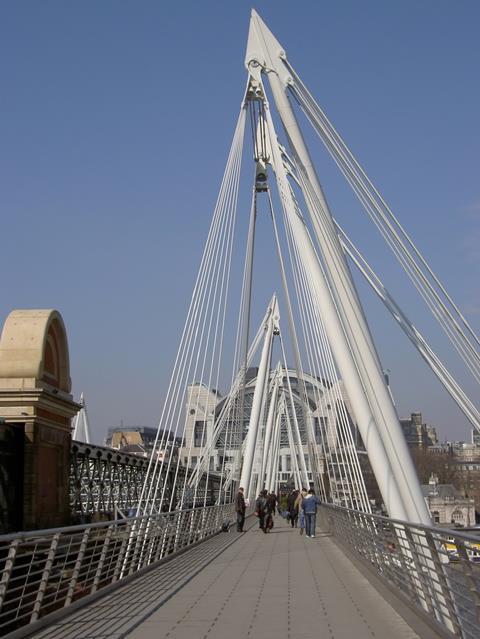
What single piece of advice would you give to someone starting out in your profession?
Stick with it. It is a highly frustrating and difficult profession at times but so rewarding to see something that you have designed and developed through the stages to the final built form.
Who do you most admire in the construction industry?
No one person or company, but I admire most people who work in a difficult industry like construction, which is often the first to be hit in a recession and the last out of it.
What is it like being you (and doing your job)?
As most architects will no doubt say, it is challenging work but ultimately very rewarding.
Do you have a life philosophy?
Not really, but I do believe that nothing in life comes for free or without having to work for it.
What do you think your best quality is?
I would say judgment, but I think this comes naturally with age for most people, so probably staying calm and dealing with things in difficult circumstances.
What trait do you most dislike in yourself? And in other people?
In me, it is probably the process leading up to making a decision and generally taking far too long in the process. That said, a strenuous review process does mostly facilitate the right decision.
In others, it is probably a lack of self-discipline, which is so important in a highly structured industry like construction.
Name three things that you like?
Wandering around old European cities.
Working on my house, which in part dates back to 1650.
Coming from a long line of Arsenal supporters, watching them play.
Tell us about a secret skill that we don’t know you have?
I am keen DIYer and do a lot of my own building work (albeit not always very well).
What is your most prized possession?
I have a 1967 3.4 litre Mk II Jaguar which my grandfather bought shortly after I was born. He left it to my father and my father to me. It is a beautiful old British car from a time when this country had a homegrown car industry.
Early bird or night owl?
Regrettably both. I start very early and am normally up and working by about 6.30 or 7am. Although I don’t work as late as I used to these days, I am unlikely to conclude much before 8 or 9pm most nights.
What is your favourite food?
As a vegetarian of some 35 years, top of the list will always be pizza (not so good for the waistline though).
What would your superpower be?
I keep on going and never give up.



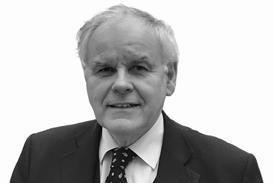


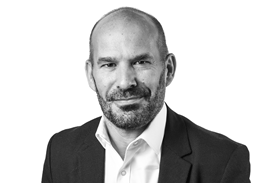



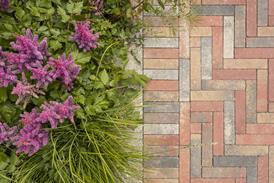
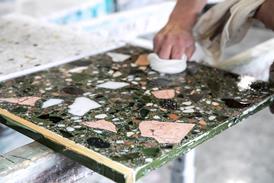
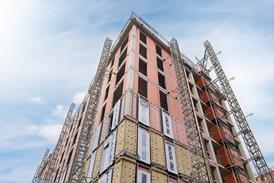


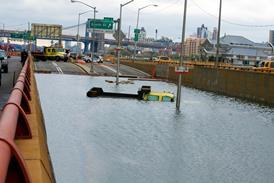











No comments yet